It was once a place renowned for the vivifying murals placed artfully upon industrial walls; where umpteen tags and carefully regulated aerosol art creations gave birth to a graffiti mecca that sadly is no more. The iconic 5 Pointz outdoor gallery in Long Island City, New York, started out in 1892 as the Neptune Meter Factory and was torn down in 2013, amid a storm of protest.
The story of 5 Pointz begins after the days of manufacturing water meters on the site had come to an end — in 1972, when developer Jerry Wolkoff purchased the former factory complex. His original plans to develop the land were put aside in favor of leasing the space to a diverse set of firms, for example one part of the building was used by a record label that produced 8-track tapes and CD covers. By 1990, the units were mainly leased as artist’s studios.
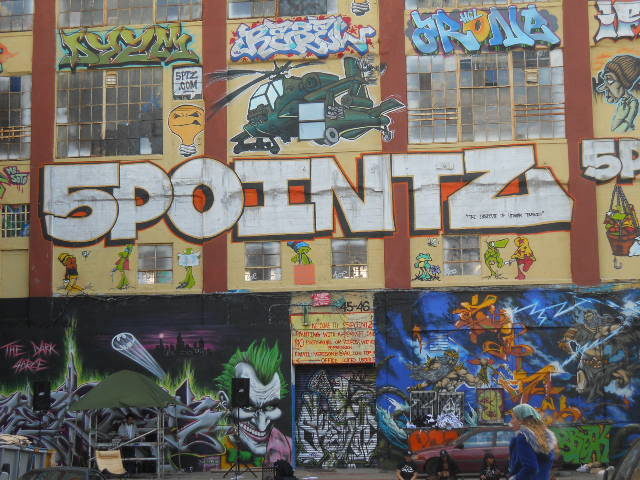
Walkoff was approached by a group of artists for permission to use the exterior of his buildings as a graffiti canvas, to which he agreed. Pat DiLillo established the site as the Phun Factory in 1993, and the graffiti masters quickly took it upon themselves to give the site some color and vibrancy. DiLillo created a set of rules in an attempt to set the Phun Phactory apart from the negative connotations of the world of graffiti and it’s use by street gangs to visually depict the borders of their turf.
Under his watch, none of the art created there was permitted to depict hatred or gang symbols. He was creating a legitimate art center — artists where discouraged from leaving their tag on the streets if they wanted to be a part of this unique project. DiLillo gained a reputation for inspiring young artists to stick in school and stay out of crime.
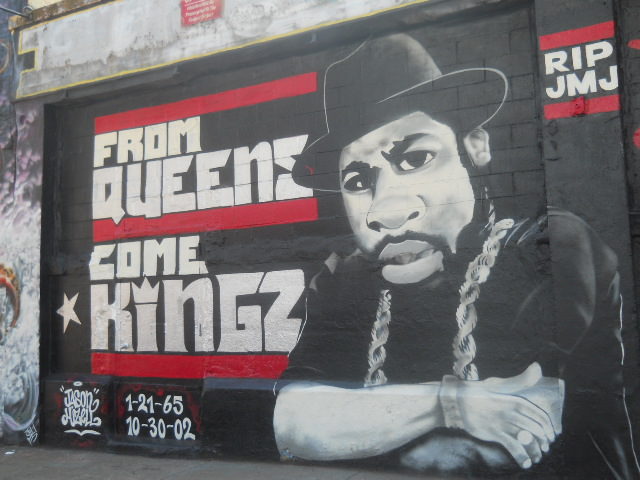
The 2.9 acre lot was easily visible from the IRT Flushing Line of New York City Subway. It became a well-known landmark that featured in newspapers such as The Boston Globe and The New York Times.
According to Banksy “Some people become cops because they want to make the world a better place. Some people become vandals because they want to make the world a better-looking place” and to look upon the facade of this place, nowadays through photos, you can understand his point.
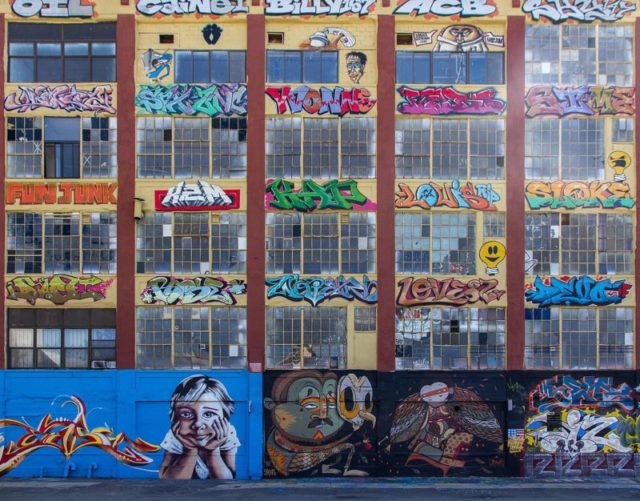
Jonathan “Meres One” Cohen became curator of the gallery in 2002. He changed the name to 5 Pointz to honor the five boroughs of New York City and had hopes of making it into a graffiti museum.
He vetted the work of any new artists who wanted to leave their mark at 5 Pointz, which was by now attracting artists from all over the globe — from Japan and Brazil, Canada and the Netherlands. Prominent artists whose intricate creations could be seen on the walls include Cortes NYC, Fernando “Cope2” Carlo, and professional muralists Tats Cru. It was also a hub for the hip-hop scene. Crowds of people turned out on the weekends to see big name rappers and DJ’s take to the stage.
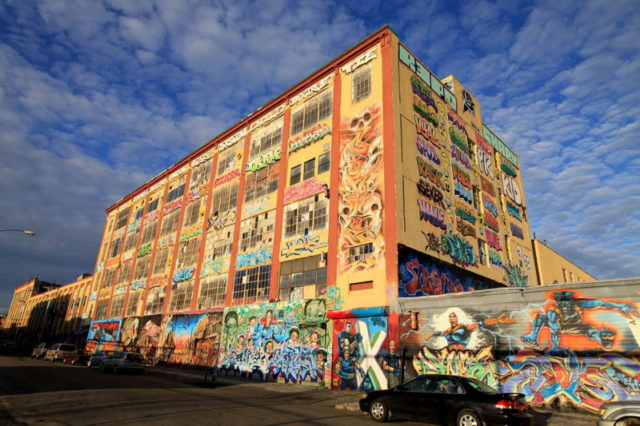
But nothing lasts forever. Walkoff had always intended to bulldoze the factory buildings and redevelop the site; without maintenance, they slowly deteriorated. The beginning of the end came in 2009 when a concrete staircase collapsed, injuring one of the artists and prompting the New York City government to send in their building inspectors.
There were around 200 studios and small business running inside the building; according to the report, modifications had been made without permits to enable them all to fit into the space. Coupled with various structural issues, the main building was closed down.
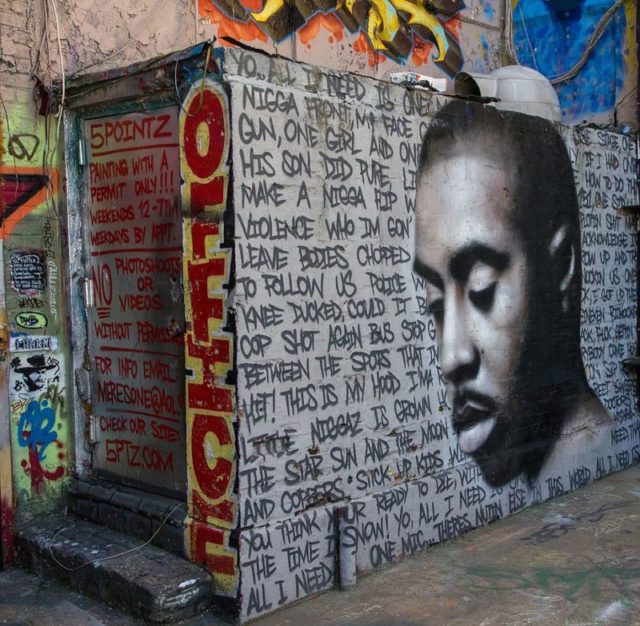
Undeterred, Cohen continued to run the 5 Pointz outdoor gallery. It remained a vibrant community and focal point for aerosol artists until 2013.
Jerry Wolkoff and his father, David, finally submitted a proposal to the New York City Planning Commission to build two apartment blocks, commercial units, a parking lot and public park. The plans were passed on August 21. After a counter submission by 5 Pointz leaders to the city Landmarks Preservation Commission was rejected, the development plans were reviewed and approved by the New York City Council on October 9.
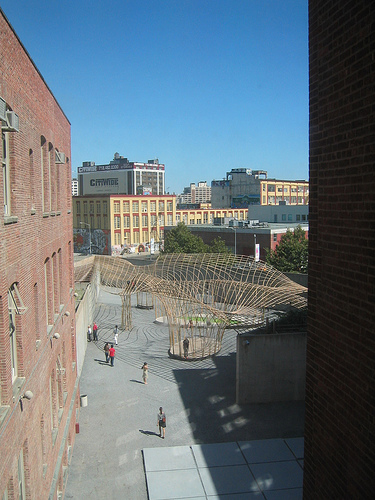
The community was not done fighting to save their space — but suddenly it was too late. In the early hours of November 19, 2013, with no warning, large sections of the building were painted white. There were an estimated 11,000 murals on and in the building; the whitewashing came a a huge shock to thousands of people. Asbestos removal began in February 2014. Despite rallies, petitions, and legal challenges, 5 Pointz was flattened by the end of 2014.
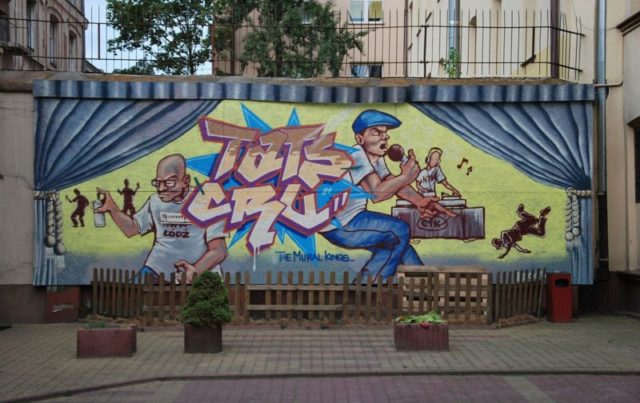
The lawsuit that was filed by 5 Pointz artists in November 2013 would not be resolved for more than four years. The building owner stated that he had always intended to demolish the building, and that this had been part of the agreement from the start. His proposal to keep the name 5 Pointz for the new condo complex only rubbed salt into the wounds of an angry and broken community.
Wolkoff’s move to whitewash the building may have put a halt to any chance of the art space being saved as a cultural center, however it gave his adversaries some powerful ammunition.
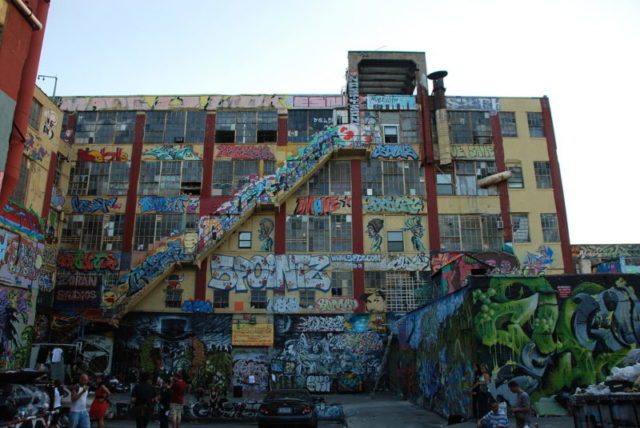
Federal judge Frederic Bloc ruled that the artists whose work was displayed at 5 Pointz could be heard by a jury trial, and a new lawsuit was launched in April 2017 to sue Wolkoff for violation of the Visual Artists Rights Act. The groundbreaking case concluded in favor of the plaintiffs as Wolkoff had not given 90 days notice of his actions. In February 2018, the group of 21 artists were awarded $6.7 million for the destruction of their work.
